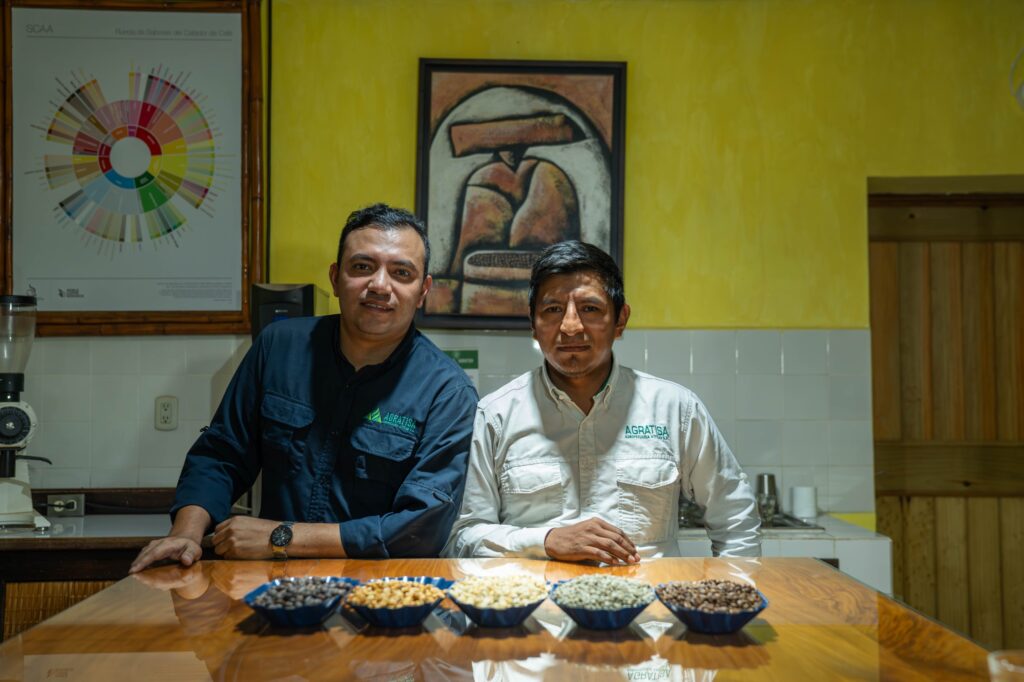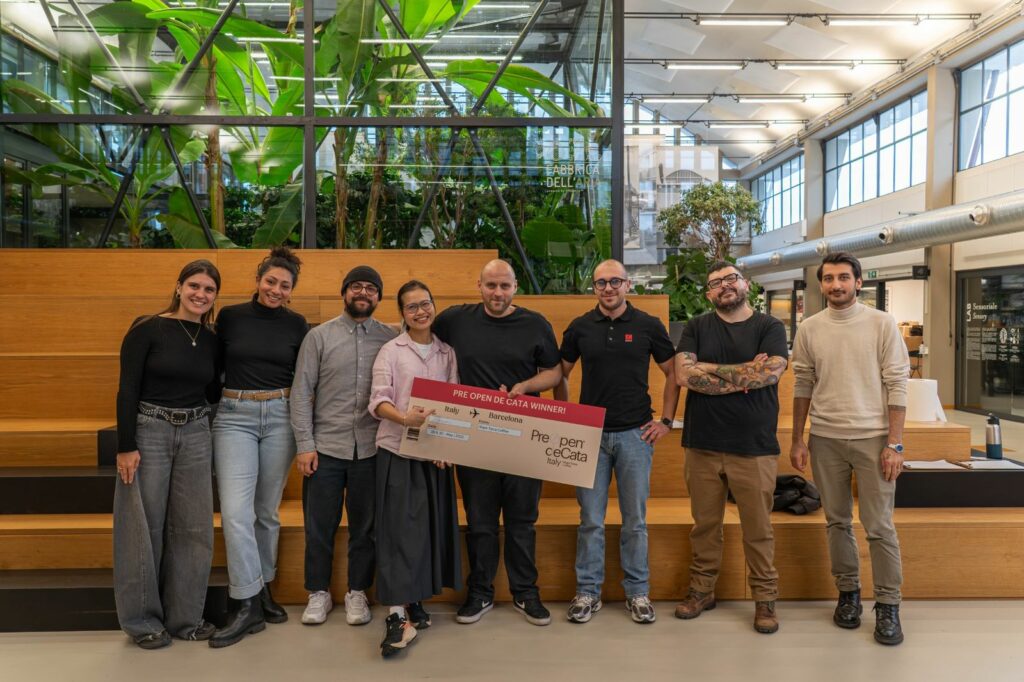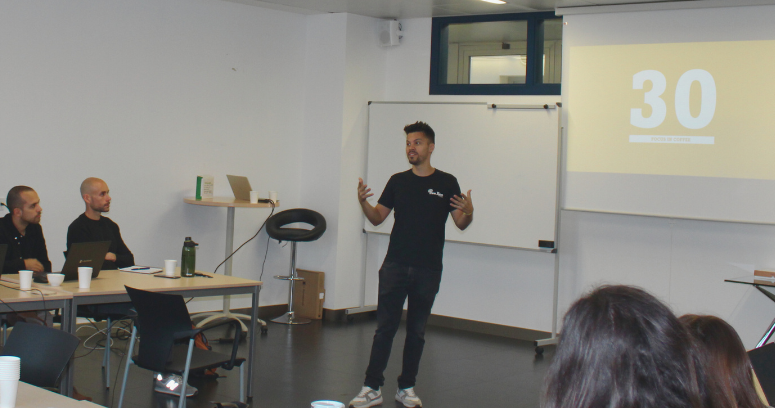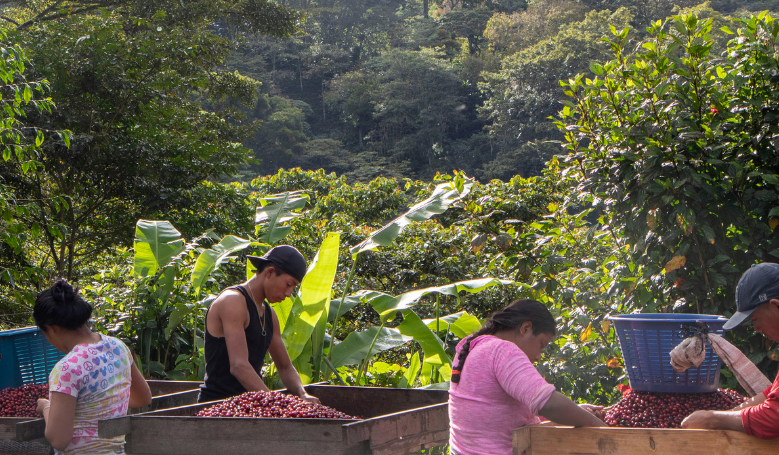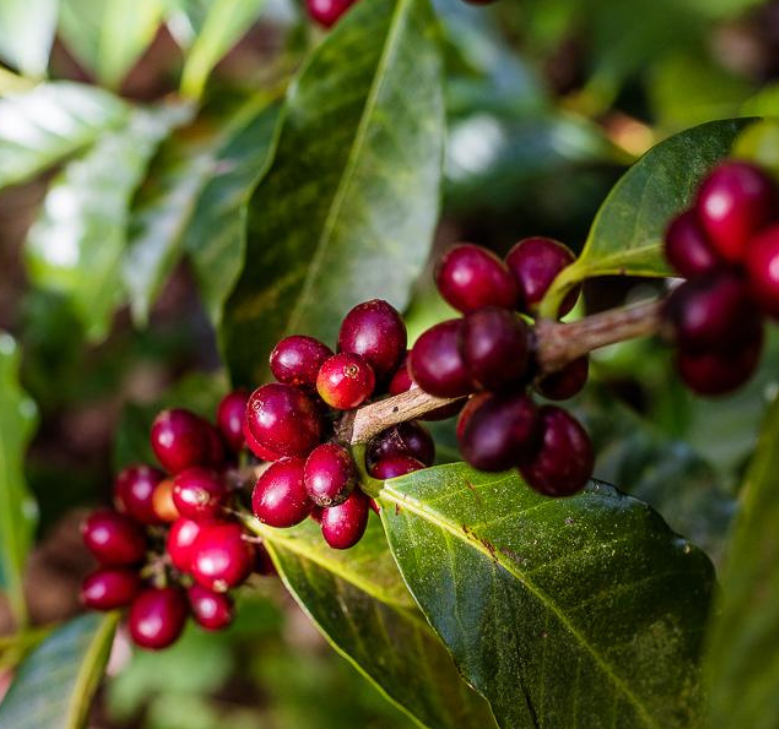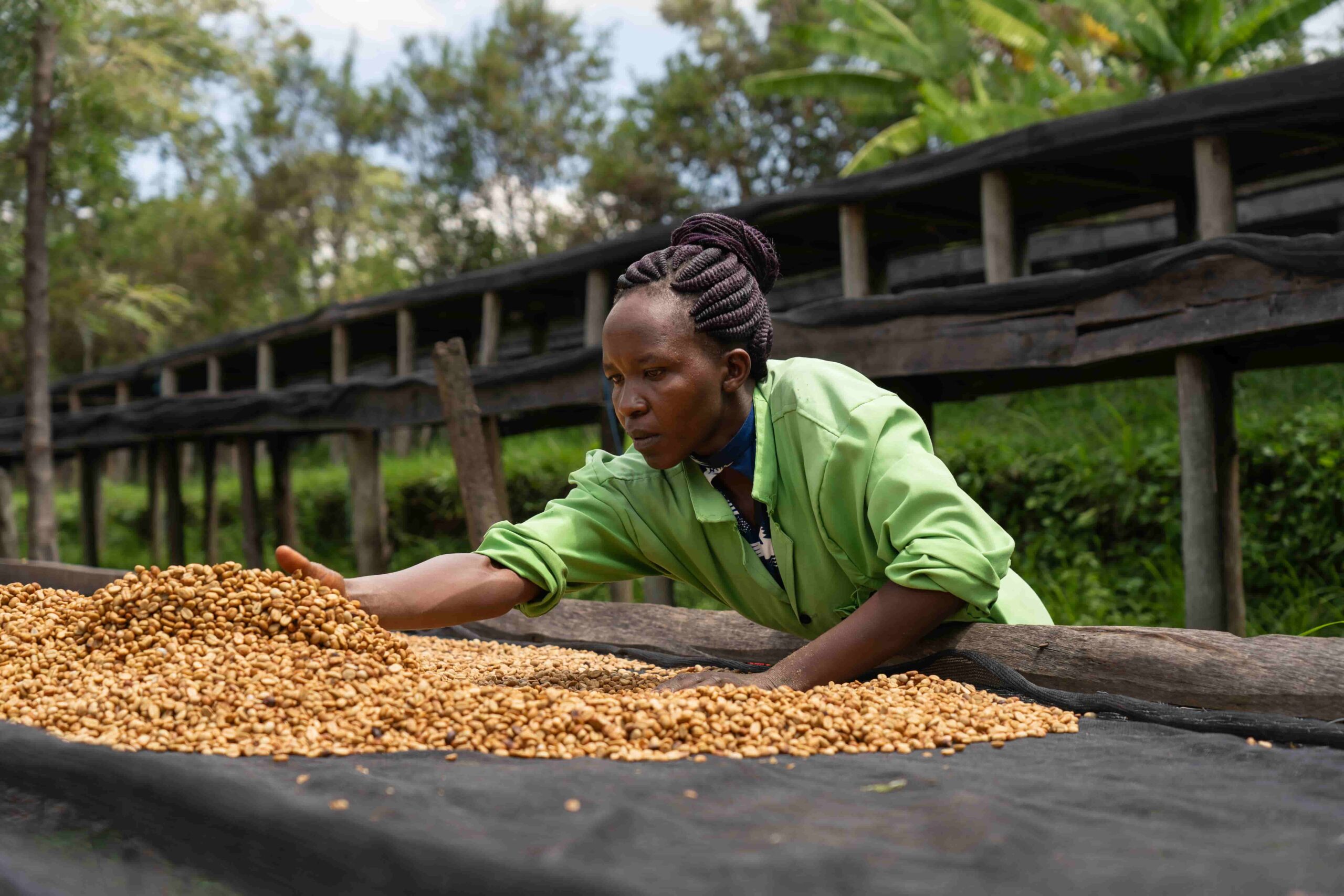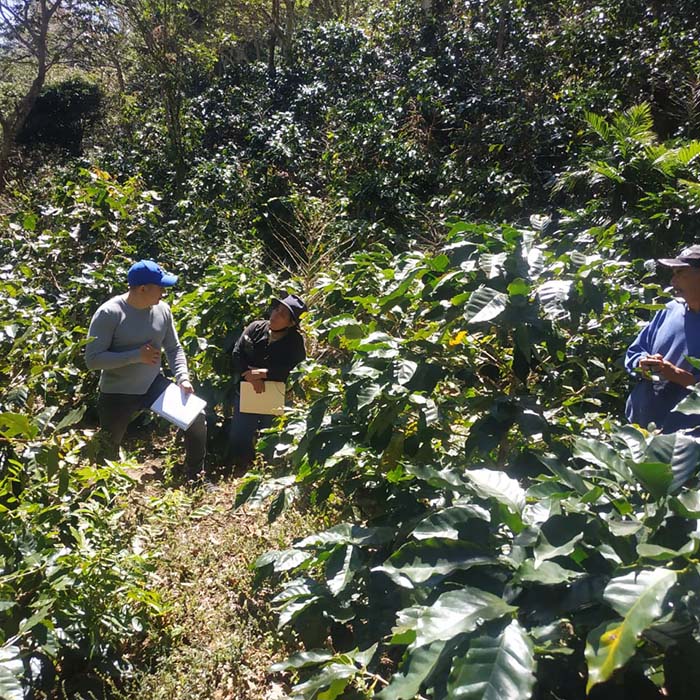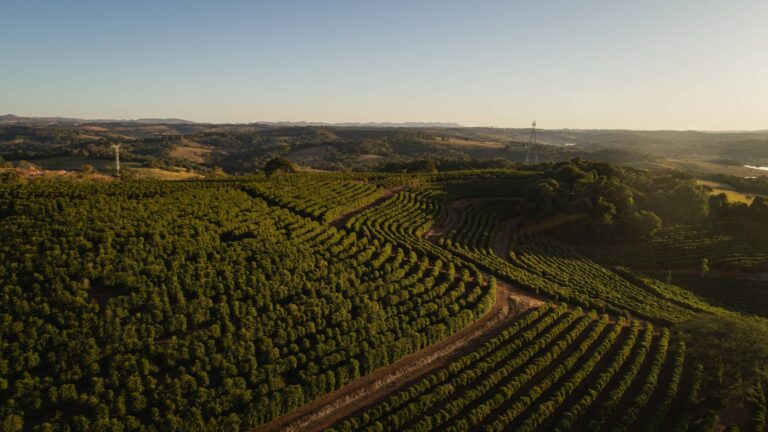How does the descriptor wheel work?
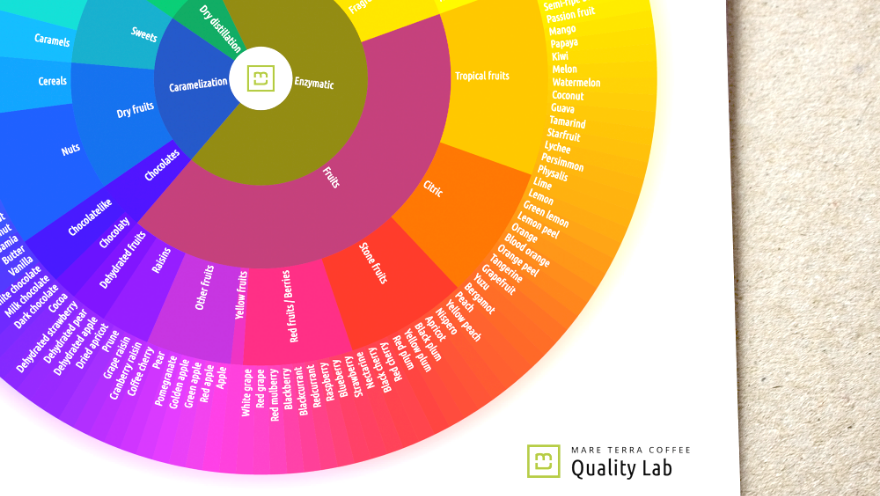
Sensory evaluation tool
The descriptor wheel is a fundamental tool for the person who is going to evaluate a coffee through sensory evaluation or cupping, whether professional or for those people who are just starting out in the world of coffee. It is during this practice that the cupper, by means of tasting and smell, determines and values each of the characteristics that define a coffee.
The cupper is capable of identifying unique characteristics and descriptors in Coffee, but sometimes these olfactory sensations are complex and difficult to catalog, therefore the objective of the descriptor wheel is to serve as an aid, a complement and a tool to support the sensory memory in the description of a coffee.
Starting from the SCA wheel to improve it, it has been equipped with a In order to improve the descriptive capacity, each aromatic group has been expanded and developed until reaching the final descriptor. For this reason, it has been subdivided the wheel into 4 circles, a segmentation from the center to the perimeter in which we differentiate from the most general aromatic groups to more and more specific categories in the circle furthest from the center of the wheel.
What is the reading process?
For For a correct reading of the descriptor wheel, it must be done from the center to the outside. Starting with the three basic groups of olfactory and taste sensations: enzymatic, caramelization and dry distillation, the 145 most common descriptors usually found in coffee have been compiled:
-
Enzymatic: those compounds that are mainly the result of enzymatic reactions that the grain has undergone while it was still a living organism, such as herbal, floral or fruity aromas. In this group we can highlight the most perfumed aromas.
-
Caramelization: they are the result of the caramelization of sugars that occurs during the roasting process, here we find chocolates, caramels and sugars.
-
Dry distillation: They result from higher roasting processes, although they are also characteristic of certain origins.
How do the groups differ?
Each jump from one circle to another means that the specificity of a group advances, since as one moves away from the center of the wheel and moves to the outermost circles, the aromatic group to which the Coffee belongs becomes more delimited and detailed, until reaching the final descriptor, which is the most detailed and detailed group.
All of them are positive descriptors, since a good coffee does not have negative descriptors. In addition, the wheel is updated with the processes that are currently being carried out and that allow us to find new singularities in coffees, gathering all those descriptors that are the result of these techniques.
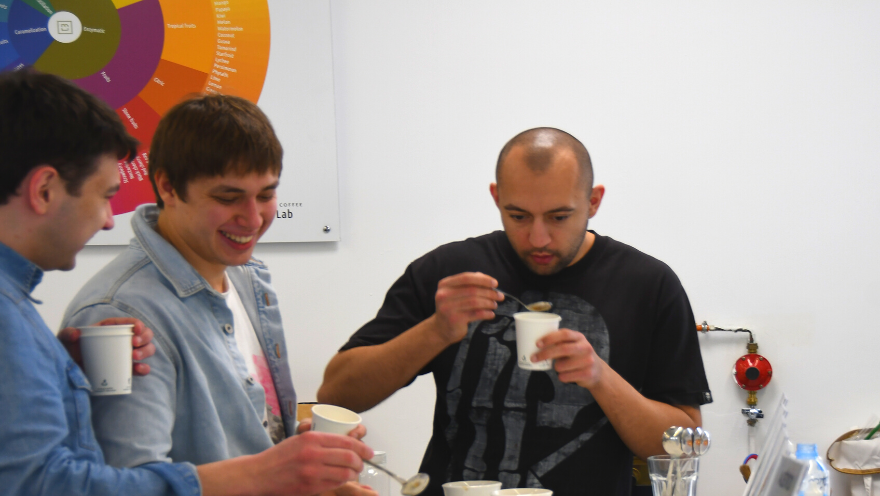
Displacements through the wheel
If one moves from the first circle, corresponding to the center of the wheel, to the back circle through each of the 3 more general groups, the precision of the sensations is increased, differentiating up to 9 subgroups .
The enzymatic group is divided into fruity, fragrances, alcohols, fermented and vegetable; the dry distillation group is divided into spices, and the caramelization group is subdivided into sweets, nuts and chocolates.
The passage from the second circle to the third circle corresponds to a further advance in the detail of olfactory and taste sensations.
Each of the 9 subgroups above are further divided into up to 24 more detailed categories than those in the previous group, and these will be further divided from the third to the fourth circle, into the final descriptors.
Although the reading can also be done in reverse, i.e. starting from the circle farthest from the center to the nucleus, if we already know what the Key Descriptor is, but not the group to which it belongs, so it can help to determine if a Coffee is more enzymatic or more Chocolaty for example, or to know which is the family of the Cherry to which it belongs.
The wheel tries to help in an easy and intuitive way in the sensory evaluation, so that in this way, not only the sensory memory is used, but also to be able to resort to an extra help or complement and thus be able to describe with the maximum detail the uniqueness of each coffee.
It is a tool to have a common language among the entire coffee chain at the time of describing the profiles of good coffees, especially from roasters to baristas and consumers of good coffee.
